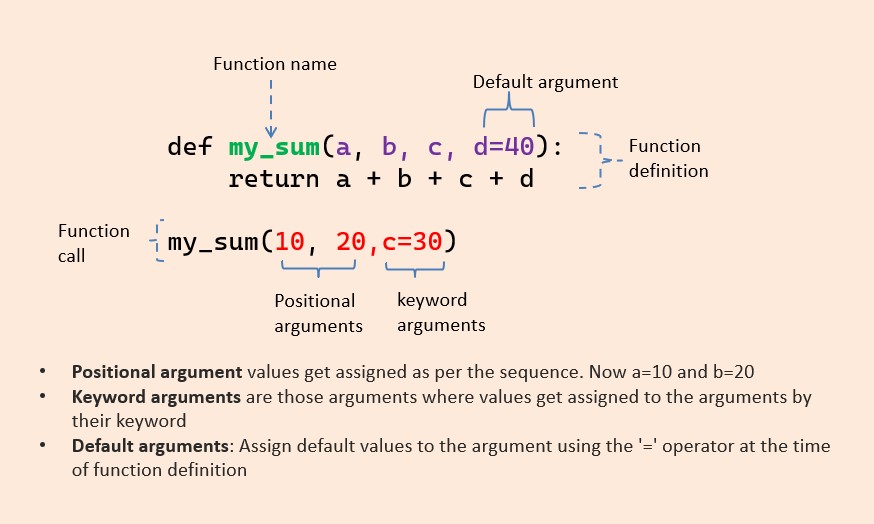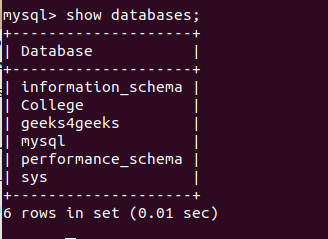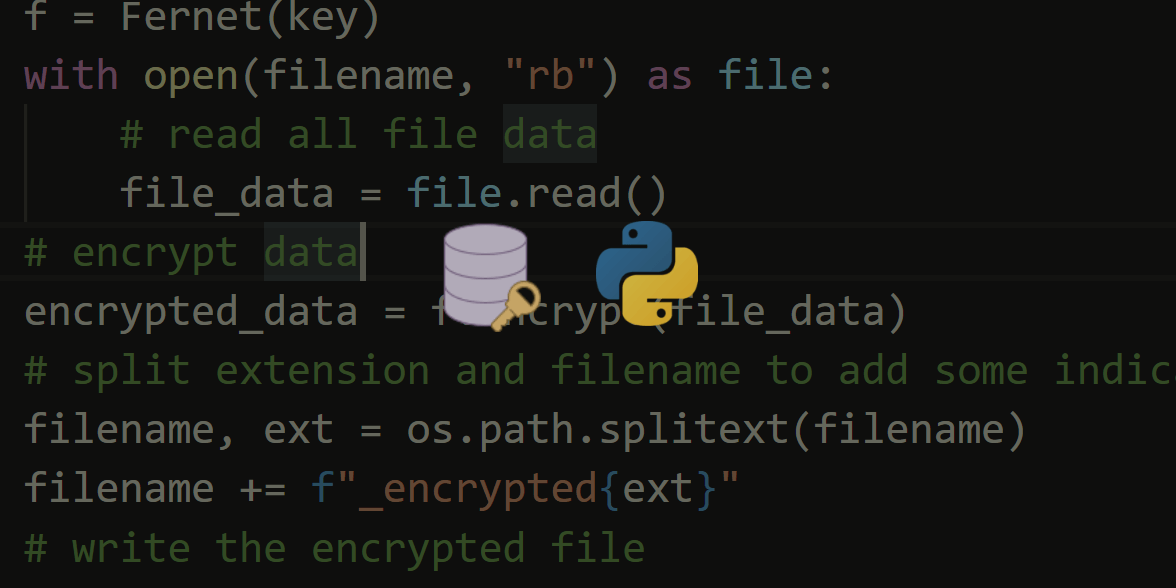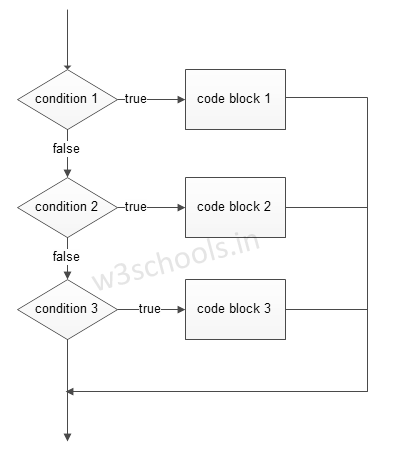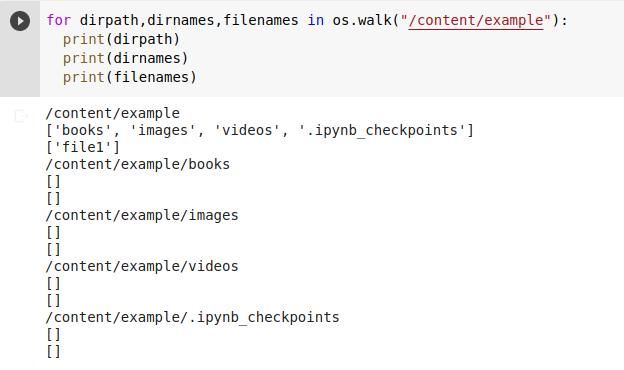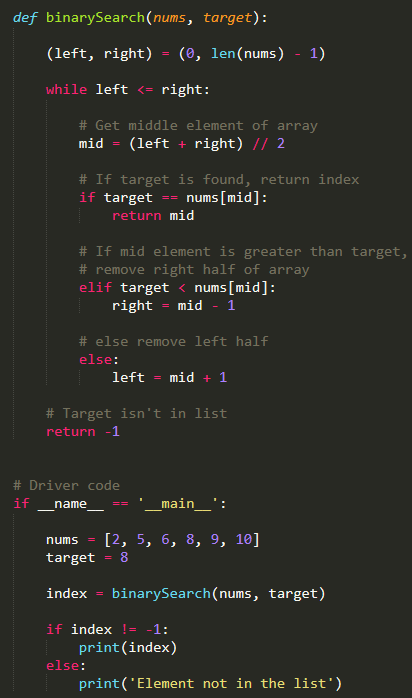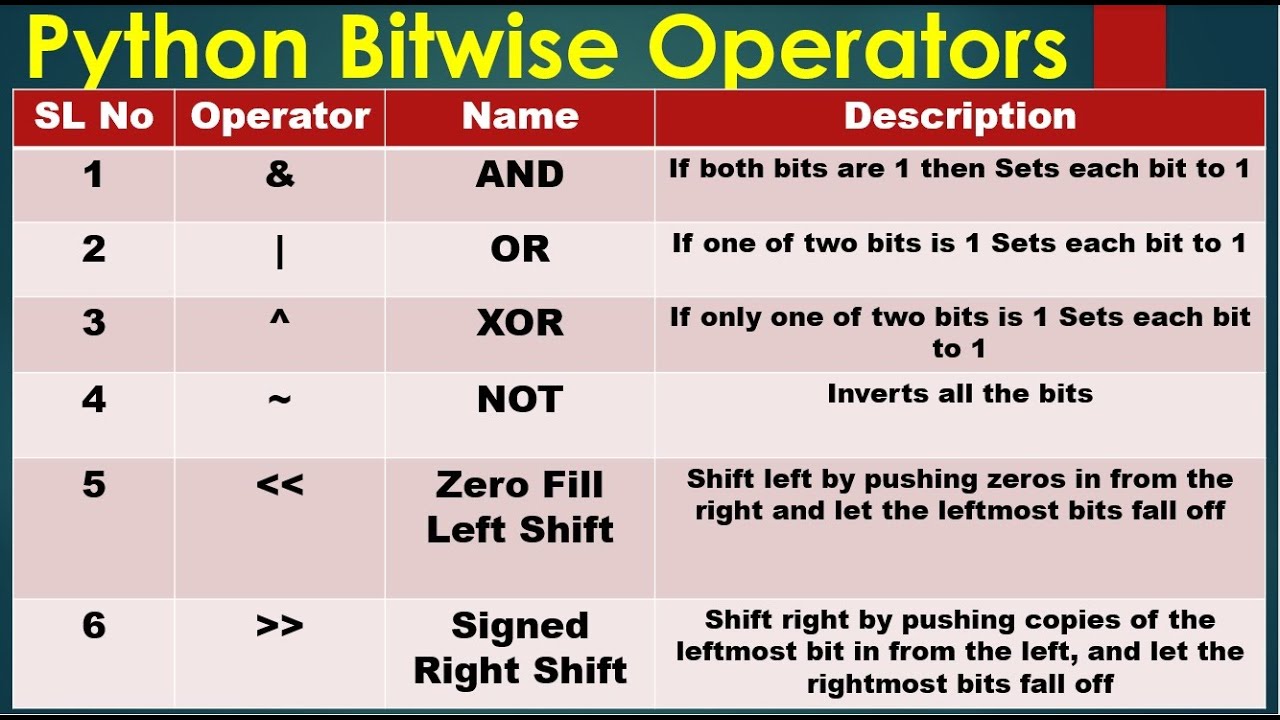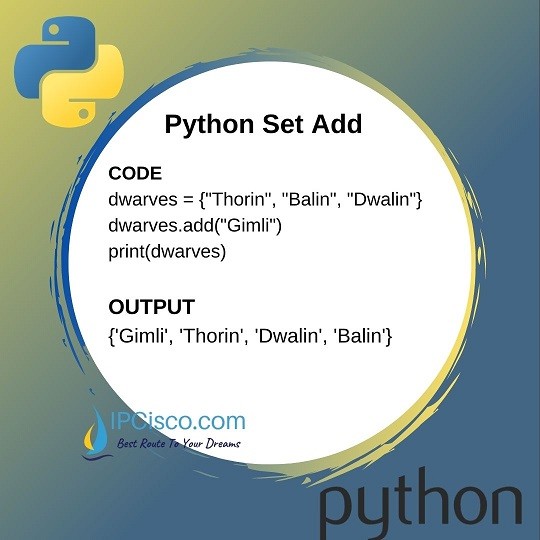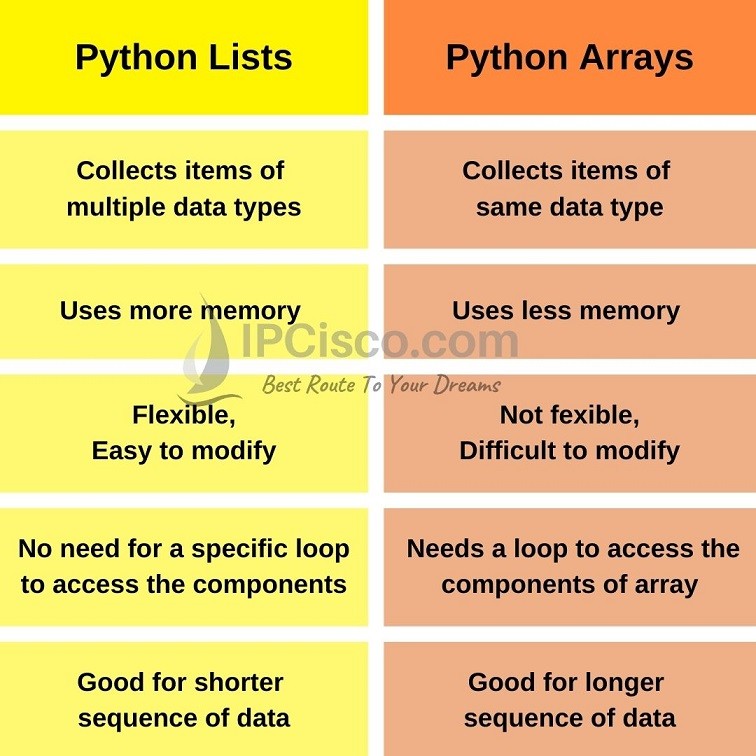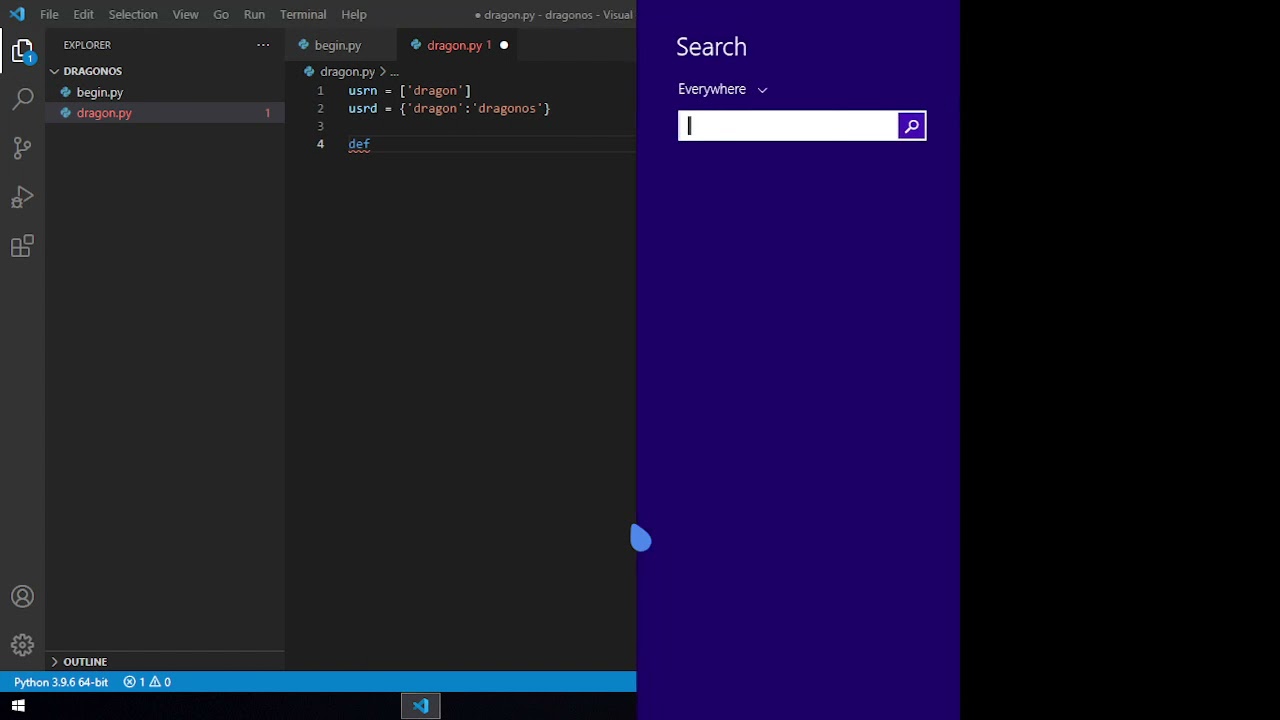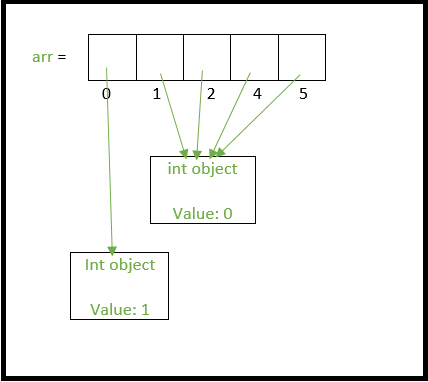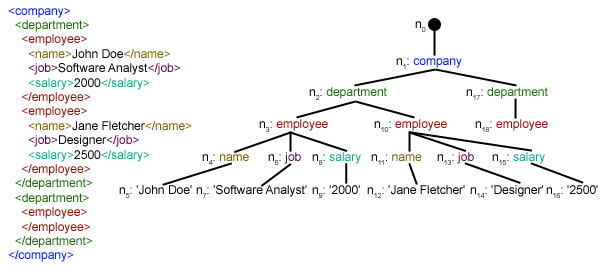What does the '%' mean in Python?
What does the '%' mean in Python?
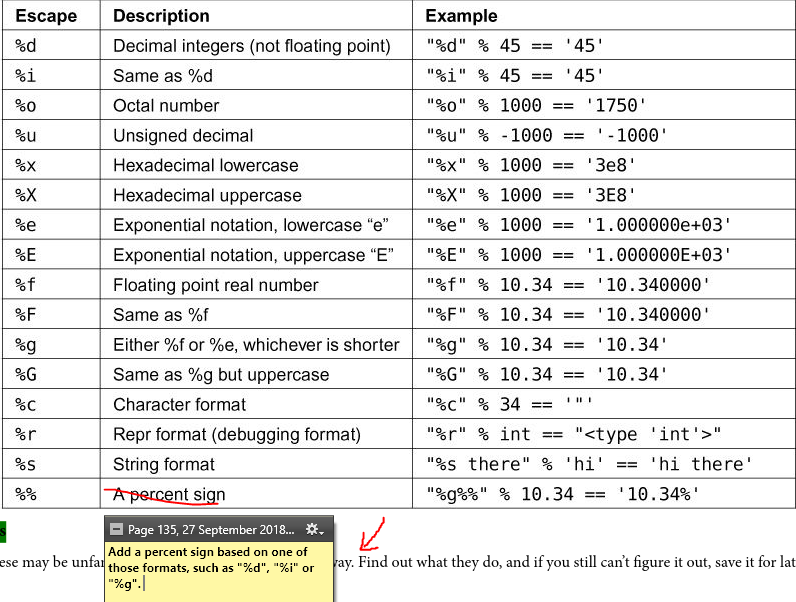
The % operator in Python is known as the modulo operator. It returns the remainder of the division of the two operands.
For example:
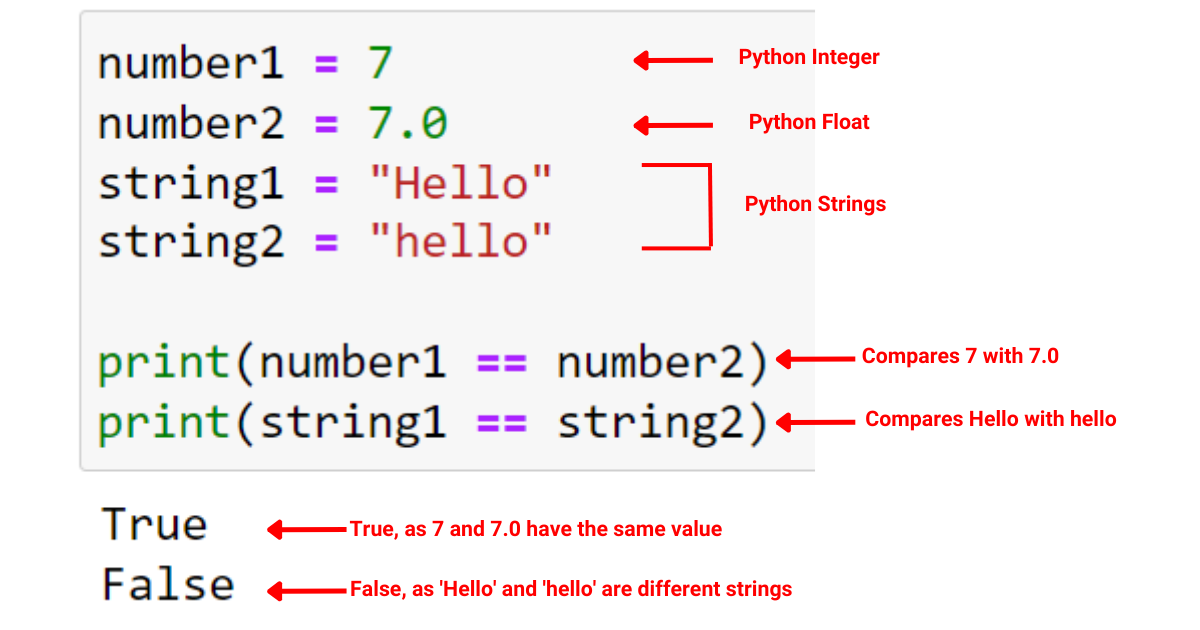
a = 10
b = 3
print(a % b)
This will output 1, because 10 divided by 3 leaves a remainder of 1.
In addition to this basic functionality, the % operator is also used in Python's string formatting operation. It's often referred to as "old style" formatting because it was used before the introduction of the more powerful str.format() method and f-strings (formatted strings).
The basic idea behind this old style formatting is to use a string that contains placeholders where the values you want to insert should go. You then use the % operator with the values to replace these placeholders in the string.
For example, let's say we have two variables name and age, and we want to create a greeting message based on those variables:
name = "John"
age = 30
greeting = "Hello, my name is %s and I'm %d years old." % (name, age)
print(greeting)
When you run this code, it will output the string "Hello, my name is John and I'm 30 years old.". The %s in the string corresponds to a string value (in this case, name), and %d corresponds to an integer value (in this case, age).
This kind of formatting operation is still supported in Python for backwards compatibility reasons, but it's generally recommended to use more modern formatting methods like str.format() or f-strings instead. They offer many more features and are considered more readable and maintainable.
For example, the same greeting message could be created using the str.format() method:
greeting = "Hello, my name is {} and I'm {} years old.".format(name, age)
print(greeting)
Or it could be created using an f-string:
greeting = f"Hello, my name is {name} and I'm {age} years old."
print(greeting)
What does %2 == 0 mean in Python?
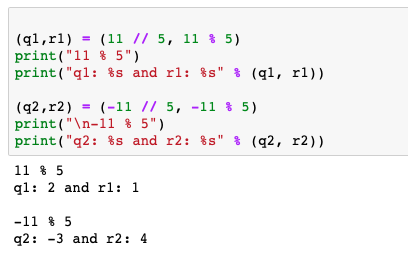
I'll respond in English for this time.
The expression %2 == 0 is a conditional statement in Python that checks if the remainder of an integer division by 2 is equal to 0. Let's break it down:

% operator, also known as the modulo operator, calculates the remainder of an integer division between two numbers. In this case, 2 is the divisor (the number by which we're dividing). The == 0 part checks if the result of the modulo operation is equal to 0.
In Python, the % operator returns the remainder of the division. For example:
>>> 5 % 2
1
6 % 2
0
7 % 3
1
So, when we evaluate %2 == 0, it's equivalent to asking:
Here are some examples to illustrate this:
# True cases
0 % 2 == 0
True
2 % 2 == 0
True
4 % 2 == 0
True
False cases
1 % 2 == 0
False
3 % 2 == 0
False
5 % 2 == 0
False
In real-world scenarios, this condition is often used to check whether a number is even or odd. For instance:
def is_even(n):
return n % 2 == 0
print(is_even(4)) # True
print(is_even(3)) # False
This expression is a fundamental concept in Python programming, and understanding it can help you write more efficient and effective code.
I hope this explanation helps clarify what %2 == 0 means in Python!

